 Home
HomeRomania info
 Cities of
Cities of  Romanian guide
Romanian guide Flights to Romania
Flights to RomaniaMini tours
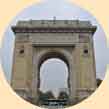 City tours
City tours Weekend in
Weekend in All our tours
 Our tours in
Our tours in Romania tours to
Romania tours to Tour Dracula
Tour Dracula Mini tour Dracula
Mini tour Dracula Tour from the
Tour from the Tour between
Tour between  Gastronomic and
Gastronomic and  Transylvania tours
Transylvania tours
 Honeymoon in
Honeymoon in  Medieval
Medieval Medieval
Medieval  Tour in the heart
Tour in the heart 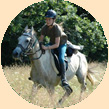 Horseback riding
Horseback riding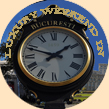 Luxury weekend in
Luxury weekend in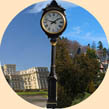 Weekend
Weekend Contacts and travelers opinions
 Contacts
Contacts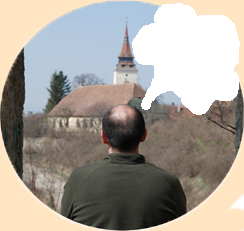 Our customers
Our customersDifferent items and services
 Tourist services
Tourist services  Our Blog
Our Blog Photos for sale
Photos for sale Friend links
Friend links
The Capital Bucharest, once and now
The Romanian capital Bucharest has undergone profound changes since the revolution of 1989 and and the tourist offer? It has been gradually increasing to the present day. Bucharest offers tourists not only its share of cultural palaces, monuments, museums, streets but also a wide range of shopping centers, shops of all kinds, restaurants (traditional Romanian and international cuisine), bar and locals where you can entertain and socialize, hotels of every category, every kind of events (concerts of classical and modern music) and trade fairs.
The legend tells that Bucharest was founded by a shepherd named Bucur (bucurie as the literally "joy"). In a document dated from 1368, it is mentioned the city as "fortress on the Dambovita" while the name Bucharest it is declared in an edict of Vlad the Impaler (Dracula).
Both Bucharest and Targoviste were capitals of Wallachia, but only from 1659 Bucharest became steadily the main town. The importance of Bucharest takes on greater importance with the arrival of the nobles who began a work of construction of churches and palaces. The history of Bucharest, in the following century evolves, despite several attacks by Austrians, Turks and Russians. Urban planning in Bucharest undergoes a drastic change when the local architects, inspired by the urban planning of Paris of Haussmann, opened new boulevards and formed a ring around the Center.
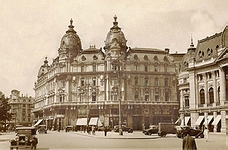

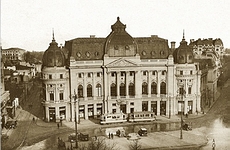
The main buildings of the new Bucharest were the Romanian Athenaeum and the Cercul Militar, designed by French architects of the French school whose construction period dates before the first world war. The nickname "Paris from East" has its origins from this creative period but also cosmopolitan and dynamic atmosphere which was to emerge, thanks to Romanian aristocracy, among the wealthiest and most imaginative of Europe.
In 1918 Bucharest had 380,000 inhabitants and the work of expansion of the city did not stop; this is the period of the transformation of some roads in crucial arteries: Calea Victoriei (formerly Podul Mogosoaiei), Calea Plevnei (formerly Podul de Pamant) and Calea Rahovei (formerly Podul Calacilor), whose names are reminiscent of the battles of the independence war fought against the Turks (1877-1878). Bucharest's population doubled from one million inhabitants in 1945 to more than two million in the present.
Because of the 1977 earthquake, Bucharest has undergone major changes, positive (construction and Metro Otopeni Airport Henri Coanda-present) but also negatives: gray apartment blocks and anonymous to everyone today are big scars in the urban structure of the city. In December 1989 the political upheavals of Eastern Europe fueled one of the most dramatic in Romania: the revolution caused the death of hundreds of men and of the late dictator Nicolae Ceausescu and his wife Elena.
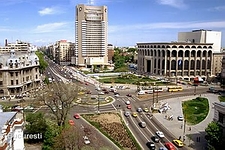
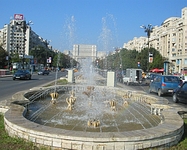
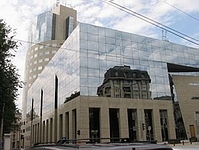
During the twenty years since the 1989 revolution Bucharest has undergone profound social changes, cultural and economic. The Romanian capital is presented to the tourist with a wide offer of restaurants, bars, hotels of all categories, discos and music clubs, nights but is also a place of the great concerts (like that of the singer Madonna in 2009), cultural events (the George Enescu festival) and a destination for international meetings of large corporations.
Bucharest offers its tourists various cues of interest and fun ... the people's frenzy, the grey tower blocks of the communist era (whose appearance is slowly changing as a result of extensive renovations and painting), historical buildings mingle with modern ones giving the visitor's eye a strange but interesting view of the urban landscape, the always crowded bars of the historic Lipscani area, the Orthodox churches and the ancient rituals of the priests and believers, luxury cars and the old Dacia (Romanian automobile brand), the evenings in music clubs with concerts of local bands, the austere Palace of the People (second largest in the world building) and ministries, but also the George Enescu Museum, the Palace of the CEC (Romanian savings bank) , Ateneul Roman (the Romanian George Enescu Philharmonic), the Royal Palace, the beautiful Village Museum (Muzeul Satului), typical restaurants Romanians with their strong flavours, ornaments and the music of the gypsy musicians, the lights and the colors of modern Bucharest with its great shopping malls, stores offering goods of all kinds and brands and more.
The days of the traveller will never be mundane...a sightseeing tour with an interval for coffee in a bistro or a central cafe, the
warmth of the people, a meal at a local characteristic as the "Caru cu Bere (local historian in Bucharest recently renovated).
They cannot say bad things of Bucharest, but they cannot speak about it!
